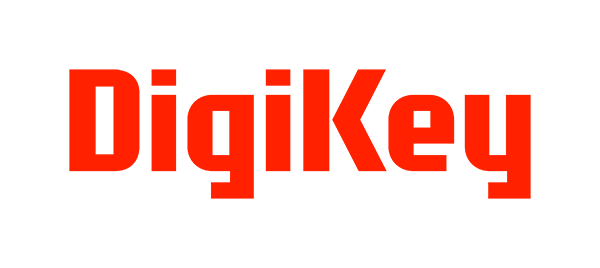Designing Embedded Systems using the ESP32
CEC Archives | CEC Semester Eighteen 2020 | Designing Embedded Systems using the ESP32
The ESP32 is a low-cost WI-FI / MCU module that has become popular for IoT applications. In this sessionwe will explore why the module has become so popular and examine the various moduleshardwareand toolchains. Attendees will walk away with an understanding of the differences between the various modules and how to select the right ones for their application.
There are several toolchains that developers can use to develop their application for the ESP32 ranging from the Arduino IDE through the ESP32 SDK using make. In this sessionwe will focus on helping attendees set up the ESP32 SDK and explore the fundamentals of how it is organized and how to use it.
The ESP32 has several different methods that can be used to program the device. In this sessionwe will explore the ESP32 memory mapbootloaderand methods that can be used to program the device. We will write our first application and program the module. We will also explore how to debug and get meaningful log information.
A major advantage of using the ESP32 is that it comes as a precertified Wi-Fi module with a lot of example code. In this sessionwe will explore how to leverage the ESP32 SDK to write applications that act as an Access Point (AP) and also how to connect as a client to an existing AP. Attendees will walk away understanding the ESP32 Wi-Fi API's and how to write their own custom applications.
Many applications dont just need to connect to Wi-Fi but also need to connect to a cloud provider. In this sessionwe will explore the software stacks that Amazon provides for the ESP32 that allow developers to quickly and easily connect their ESP32 to Amazon Web Services using FreeRTOS. Attendees will walk away with an understanding of how to use the ESP32 with Amazon and the resources necessary to develop a cloud connectivity application.

Jacob Beningo is an embedded software consultant who currently works with clients in more than a dozen countries to dramatically transform their businesses by improving product quality, cost and time to market. He has published more than 300 articles on embedded software development techniques, has published several books, is a sought-after speaker and technical trainer and holds three degrees which include a Masters of Engineering from the University of Michigan.

